From the 100th crown, look at Djokovic's clay relationship
On May 25, 2025, the 38-year-old Djokovic defeated Hurkacz 5-7 7-6(2) 7-6(2) in the final of the ATP 250 in Geneva to lift the 100th singles title of his career and become the third legend in men's tennis after Connors (109) and Federer (103) to unlock the "100 Crowns". This victory is not only a numerical leap, but also a reflection of the spirit of the Serbian king on clay - resilience in the face of adversity, the wisdom of technological evolution, and the never-ending pursuit of history. The victory coincided with the eve of the French Open, and it is only interesting to see if the clay legend can continue his epic at Roland Garros.
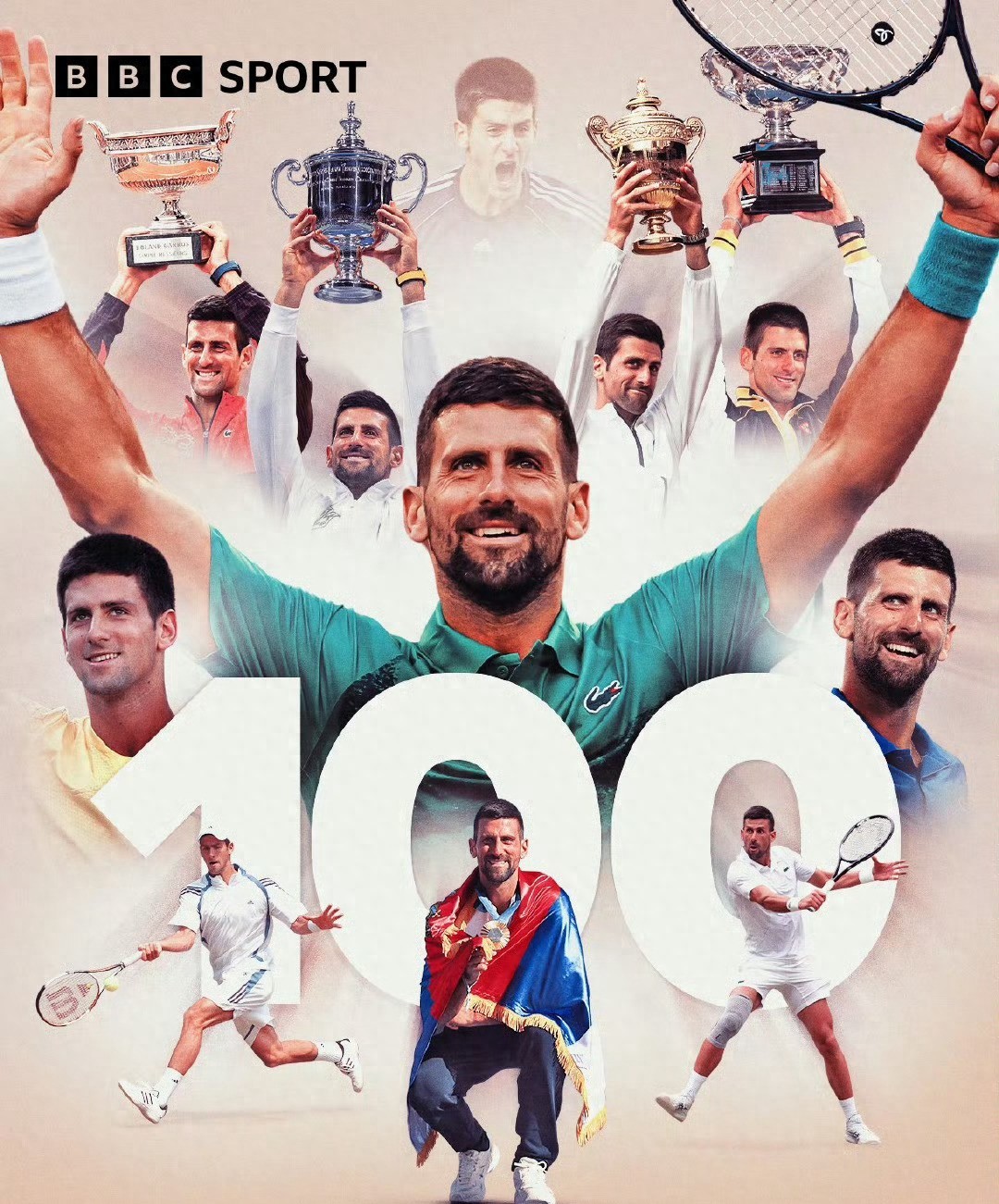
The battle, which lasted 2 hours and 48 minutes, was the epitome of Djokovic's career. In the first set, Hurkacz took the initiative with a 220km/h serve and a precise baseline attack, while Deyo's unforced errors were as high as 12 times, exposing the sluggishness caused by the decline in fitness. But the turning point came in the tie-break of the second set, when Deyo suddenly raised his position when he was down 2-4, and suppressed his opponent's second serve with a backhand straight line, winning five points in a row to reverse it. In the deciding set, Hurkacz broke first, and with a volley in front of the net on the key point and a signature sliding save, the match dragged the match into a tie-break and finally sealed the victory.
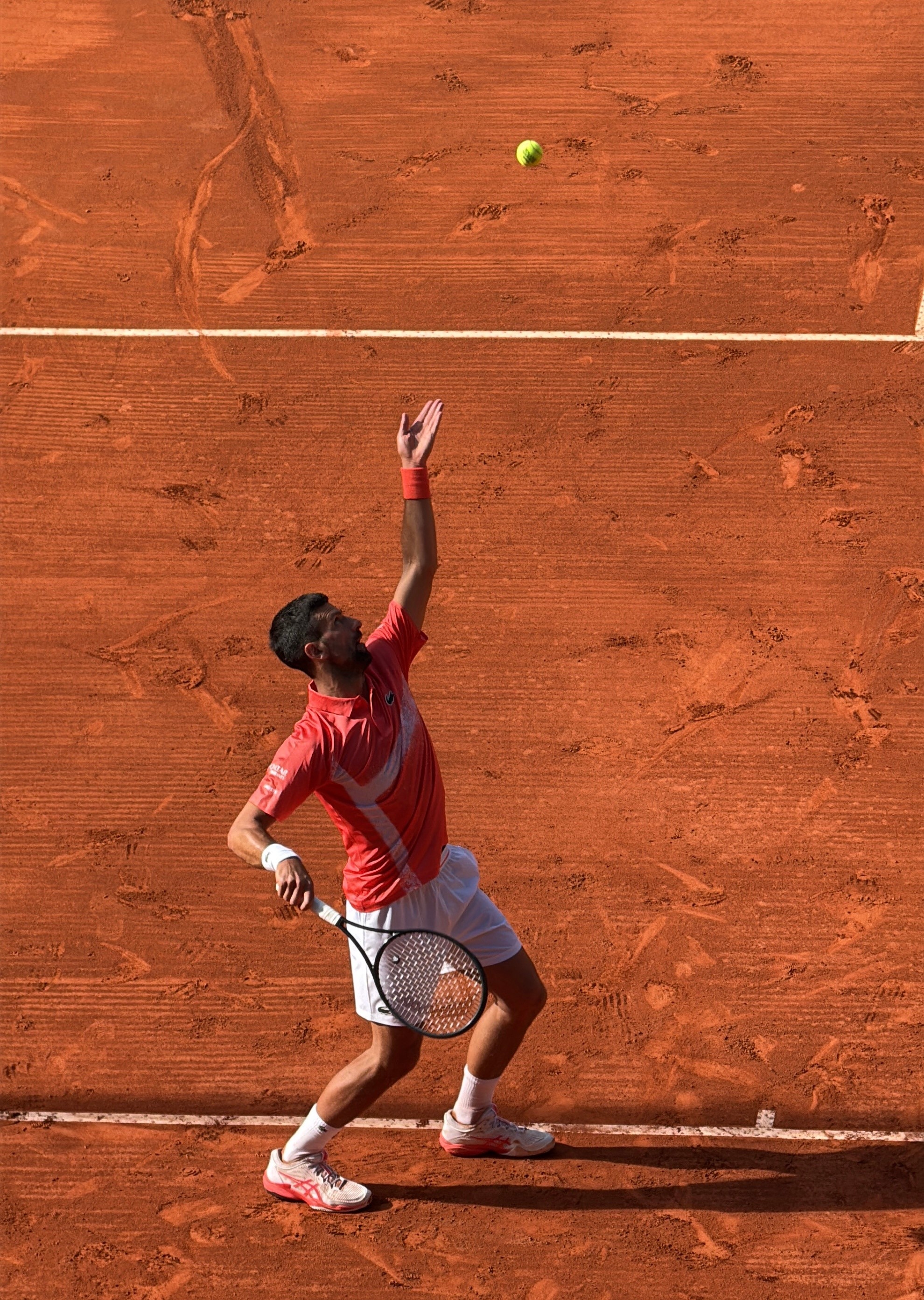
At the technical level, Deyo's adjustment ability is amazing: in terms of serving strategy, he reduces the pursuit of extreme angles, and instead increases the success rate of the first serve to 72% to ensure the stability of the service game; In terms of baseline tactics, in the face of Hurkacz's strong attack, he disrupted the opponent's rhythm through backhand cutting, increasing the proportion of multi-shot holdings from 35% in the first set to 52% in the deciding set; On the psychological level, after the pressure was released, the experience was used to dominate the key points, and the winning score ratio in the tie-break reached 67%. This victory not only demonstrated Deyo's clay wisdom of "overcoming rigidity with softness", but also highlighted his strategic vision of "training by competition" through low-level events on the eve of the tournament. Before Geneva, he had not won a single clay tournament in Monte Carlo and Madrid, but he quickly regained his form through practical adjustments.
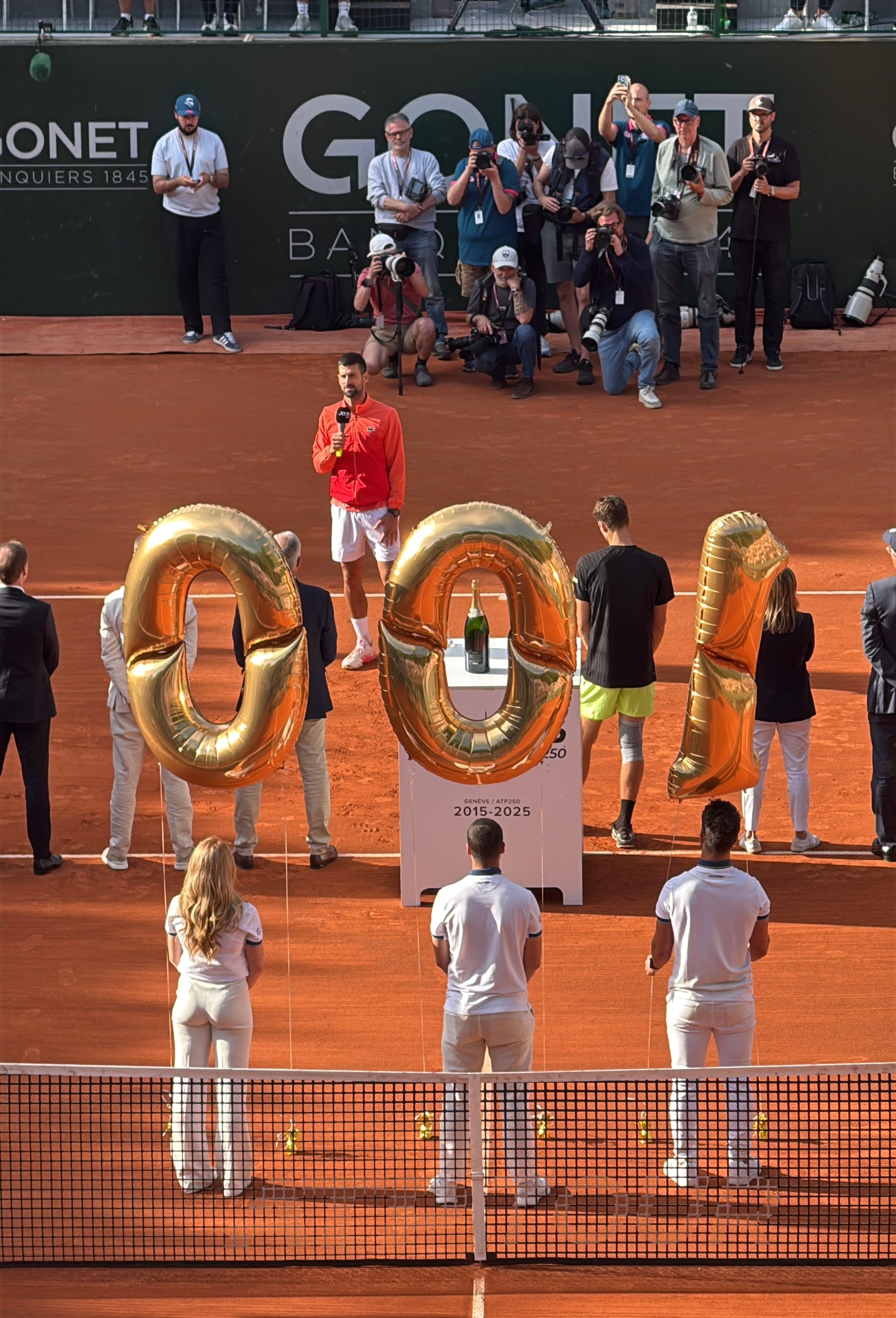
The major breakthroughs in Deyo's career seem to have been closely linked to clay courts: in 2006, he reached the quarterfinals of a Grand Slam for the first time, and since 2010, he has been at least the quarterfinals of the French Open for 15 consecutive years; In the 2016 French Open, he won the Musketeers Cup for the first time and achieved a "Grand Slam" and made history; At the 2024 Paris Olympics, he won the men's singles gold medal at Roland Garros to fill the last honor gap in his career; In Geneva 2025, the milestone of the 100 crowns was reached here, realizing the self-redemption of the prelude to the French Open.
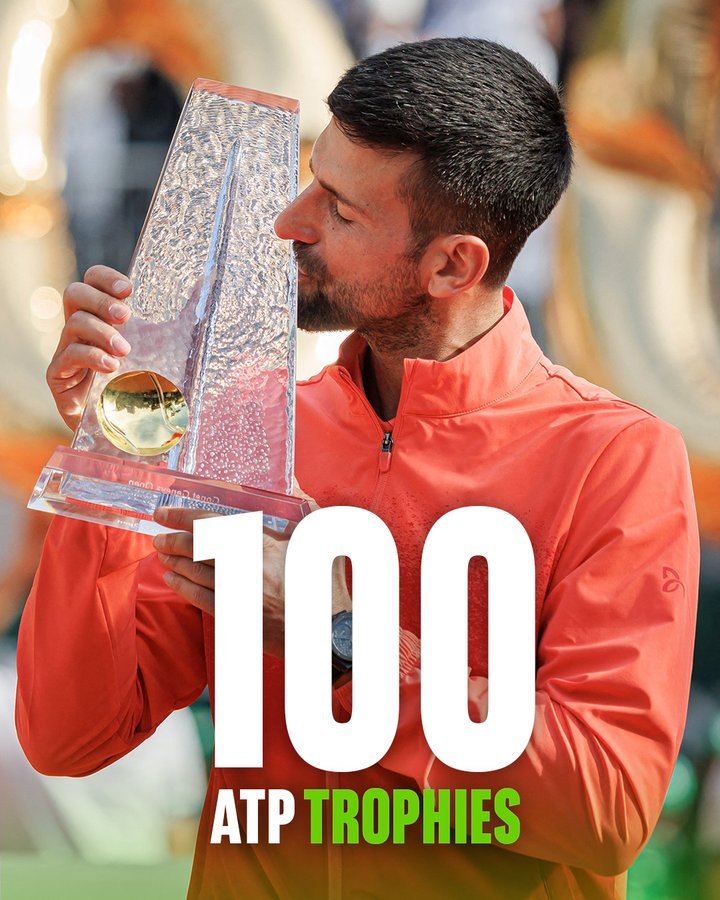
Deyo's clay style of play has gradually evolved from relying on baseline attack in the early days to being "all-round control". By the time he won the French Open in 2016, his tactics of suppressing his opponent's backhand with high jumping topspin had matured; In 2023, when he won the championship for the third time, the scoring rate in front of the net increased to 45%, combined with accurate small balls and shortening, forming a three-dimensional offensive system. This adaptability is at the heart of his quest to break through the stereotype that 'clay is not a blessed land' – his career clay win rate is statistically 79.3 per cent, second only to the 82.1 per cent on hard courts. The slow nature of clay amplifies Deyo's "spiritual tyrant" trait. In the semi-finals of the 2023 French Open, against Alcaraz, he scored six points in a row when he was down 5-1 in the third set, and admitted after the match: "Clay requires you to think about every point like a fighter, and that's in my genes. ”

Although Djokovic is seeded No. 6 at the 2025 French Open, he is still in the top three odds to win the tournament due to three advantages: first, he is in the top half of the bracket with Sinner and Zverev, while Sinner has only a 58% win rate on clay, and Zverev has been in a slump since his ankle injury in 2024; Secondly, in terms of physical reserves, although the French Open is about to start, Djokovic has not played many matches in this year's clay season, and there are nearly three days left before the first round, I believe he will get enough rest; Finally, in terms of consistency, the consistency of the clay Grand Slam has been unmatched by reaching the quarterfinals of the French Open for at least 15 consecutive years since 2010.

Of course, the challenge facing Djokovic cannot be ignored. First of all, when he comes to a Grand Slam, he has to play a best-of-five system, and if the 38-year-old is dragged into a five-set battle by his opponent, the prospects for victory and defeat are not optimistic; Secondly, the main opponents Alcaraz and Sinner have already taken over the Big Three, and the momentum brought by these new generation players must not make Djokovic easy to win. Although he won the championship in Geneva, it was clear that Djokovic's movement and penetration were far from the peak, and he was likely to face a tough battle at the French Open. In the end, the expectation of a 25th crown could become a double-edged sword, and the 2021 US Open final was swept by Medvedev with the hope of a Grand Slam of the year.
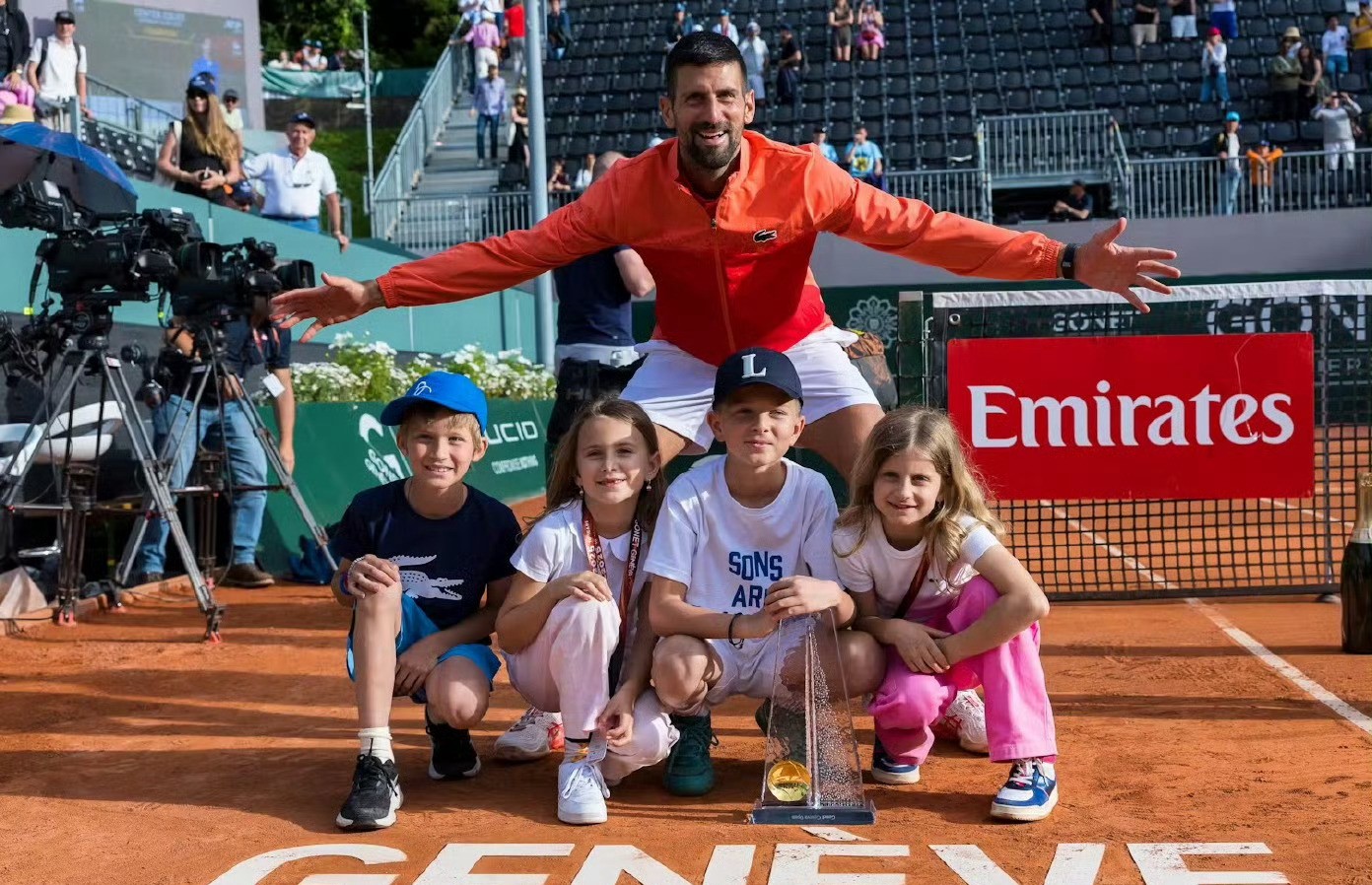
From his debut at the 2006 French Open to his 2025 Geneva Crown crown, Djokovic's journey on clay is an epic one that continues to push the boundaries of physics and history. His greatness lies not only in technological innovation, but also in the wisdom to transform the clay field from the "weakest point" to the "turning point of fate". When the 38-year-old sets foot on Roland Garros's ochre-red soil, we may be witnessing a more "cunning" Deyo – less violent and more experience, tactics and psychological warfare to dismantle opponents. As he said after his victory: "Numbers are just signposts, and the real legend is always on the next stop." If he reaches the final of the French Open for the eighth time, a 25th Grand Slam title may no longer be a dream, but an inevitable answer to perseverance and evolution.(Source: Tennis Home Author: Xiaodi)







 Links
Links
 Contact
Contact
 App
App


